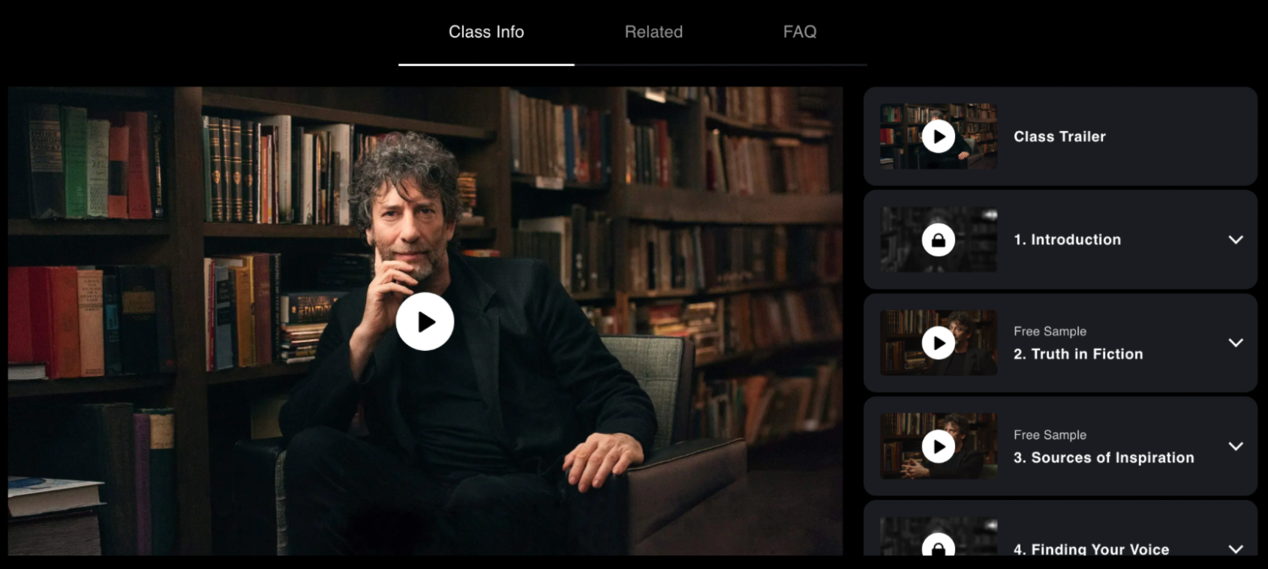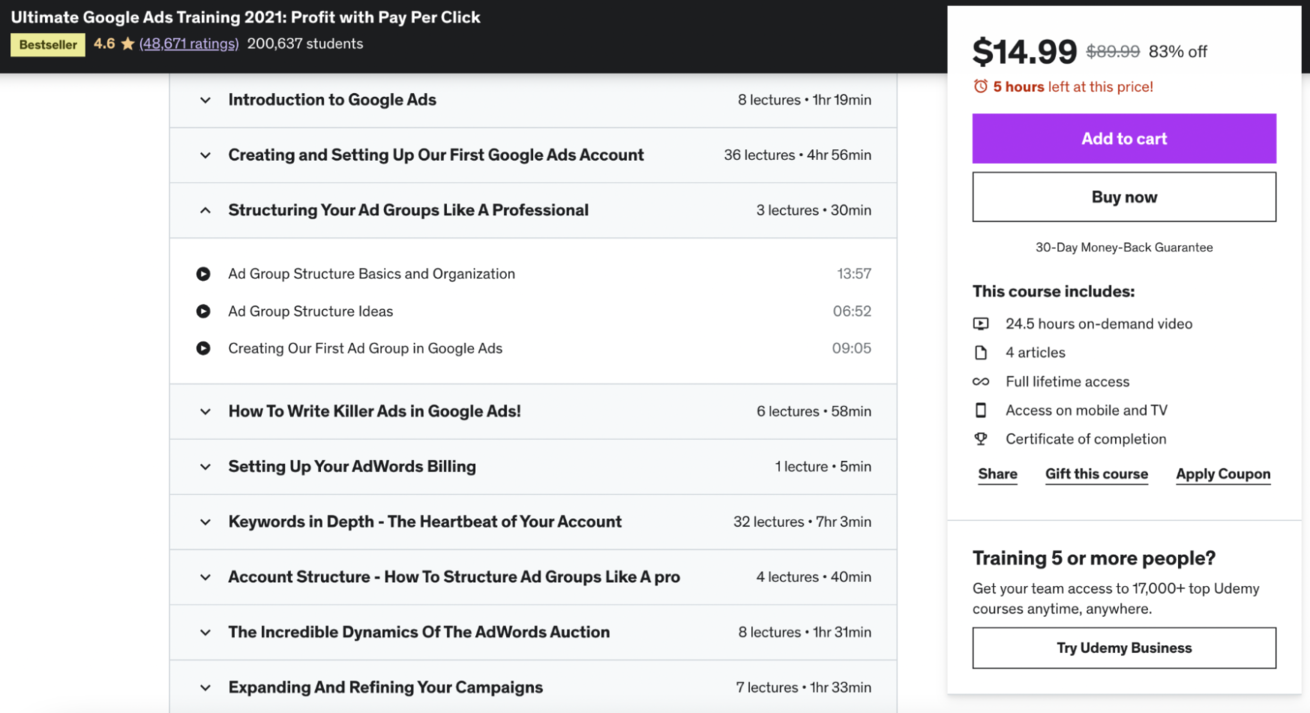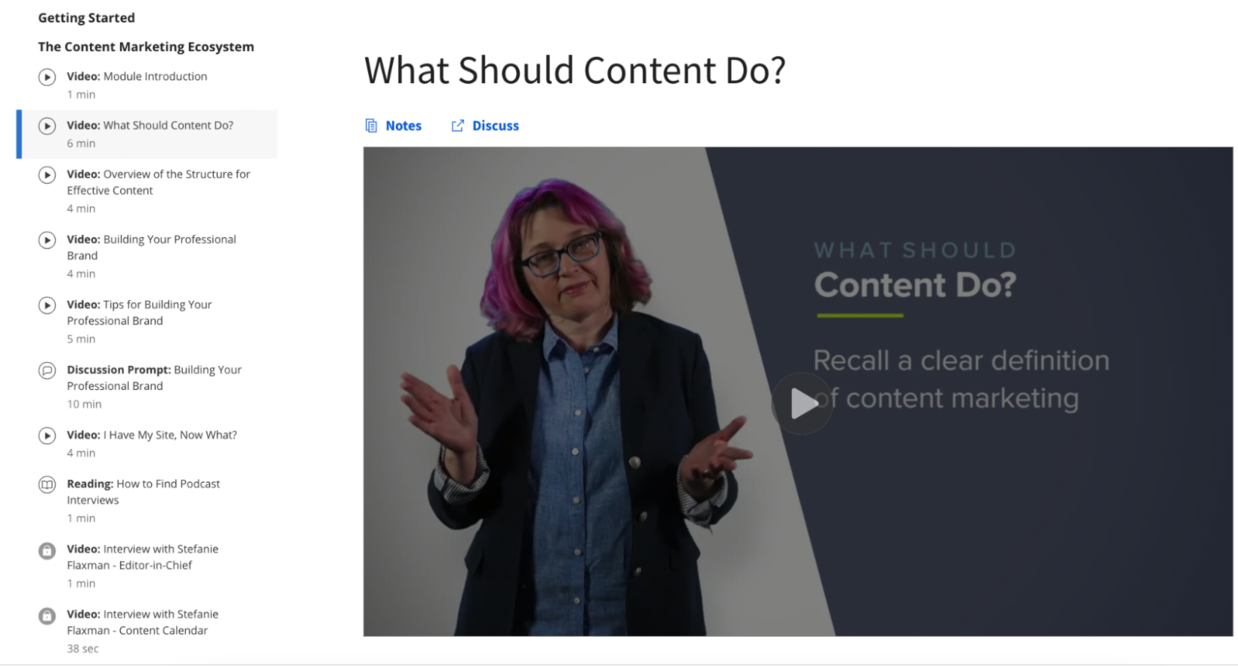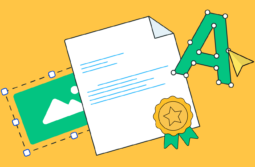Creating an online course is easy until it isn’t. You may have an astonishing idea for an online course and lots of motivation. However, creating a course does require skills and knowledge.
After choosing a topic and platform, it is vital to develop a course curriculum and structure — that is where things get a bit complicated. You need to figure out how to organize an online course in a logical and exciting way first.
At the same time, your course structure can make it or break it, as it is one of the aspects people look out for before deciding to purchase. It can affect the number of students who complete your course and recommend it. Considering that the eLearning market is already worth $215 billion, you are facing fierce competition, and a well-planned course structure can be to your benefit.
So let’s discover some tips on how to structure your online course to attract new students, keep them engaged every step of the way, and make them actually complete the course.
Content:
- Start with a goal for your online course
- Brainstorm and group your ideas
- Choose the format of your online course structure
- Create effective module and lesson titles
- Don’t try to fit all modules into the same length
- Use both long and short modules
- Display students’ achievements
- Use different content types for your course
- Conclusion
Start with a goal for your online course
If you are struggling to come up with ideas for your modules, design the course backward. Think about what you want your students to know or learn to do by the end of the course and go from there. Single out specific steps that students need to follow to reach their goals.
However, it is also a great way to avoid irrelevant content. Whenever you come up with a module idea, think about your end goal and define how they correspond. If they don’t, it is better to give up this idea.
Let’s take a look at Neil Gaiman’s masterclass as one of the best course structure examples. Storytelling seems like a vast concept, but the author manages to find clear-cut steps toward writing a wholesome story.

What do you need to tell a story? Inspiration, unique style, plotting, character-, world-, dialogue-building, editing, and understanding your genre principles. All of this is included in the course, alongside the tips on dealing with writer’s block.
This structure helps future writers reach the goal of finishing the story by following definite steps without any distractions on secondary topics, like the history of literature or literary trope types.
Brainstorm and group your ideas
People who start something new usually fear that their ideas are insignificant or unnecessary. However, it is best to write down all of your new ideas and evaluate them later. Try to think of relevant topics and concepts you want to share and jot down every single one of them without thinking about whether they are significant or not.
You will likely notice that all your ideas spin around five or six major topics. Turn these topics into modules, group your thoughts around them, and figure out what course format will help you better present this type of content.
Choose the format of your online course structure
When it comes to your online course structure, there are three different formats you can implement.
Step-by-step course
This course format requires you to introduce your content gradually, and your students have to pass a previous module to understand the next one better. It is one of the most popular types of course structures, especially if your students learn practical skills like coding, embroidering, or crocheting.
Week-by-week course
These courses usually fit in a specific timeframe that is often mentioned in their titles, for example, “Learn PPC in 2 Weeks” or “Get Abs in 4 Weeks.” Week-by-week courses are pretty similar to the previous format, except that they motivate students to study more consistently.
Choose this course approach if you want to teach your students a particular skill that takes a specific amount of time to master and requires them to practice it before moving forward.
Reference course
A reference course is a collection of materials students can return to anytime and complete at their own pace. This format works best for theoretical courses that contain information that already exists somewhere on the internet, but a course creator presents it in a less complicated, more engaging, and curated way.
Create effective module and lesson titles
Sure, your structure is an integral part of your online course marketing. However, it does not stand alone — your lesson and module titles are one of the most powerful tools in your marketing set.
It is crucial to make your titles clear and specific. Yes, it is nice if you can have them fun, clear, and specific, but the last two will always be a priority. If you need to drop a punny title for the sake of clarity, do it.
You can use numbers within titles, how-tos, etc. If you are targeting beginners, you also need to remember not to include any intricate terms in your titles whenever possible.
How do you check if your titles are concise and accurate? Ask a random friend of yours to read your course title and guess your course and module topic.
Let’s take a look at the structure of a salary negotiation course. The module titles are to-the-point — you can understand what almost all of them will be about without opening the lesson plan. The lesson titles are specific and straightforward as well.

However, can they be more specific? The answer is yes. Let’s take a look at the “Benefits” and “Role Playing Hot Seat” sections. The first title does not make it clear whether we are hyping ourselves up for negotiating or discussing job benefits during an interview. This title can be easily improved: “Negotiating Employee Benefits.”
When it comes to the second title, it is crucial to remember that people who are not native English speakers can be and probably are a part of your audience. Those who have never gone through the hot seat practice at school or simply don’t know that this is what it’s called in English might get extremely confused. Titles like “Mock Interview” or “Role-Playing HR Screener and Hiring Manager Interviews” can bring better results in this case.
Don’t try to fit all modules into the same length
Your course length doesn’t matter much, as there is no standard, like five or ten hours per course.
Every topic is unique, and an instructor may need more or less time to cover it. If you brainstormed and filtered your ideas and your course came out short, don’t try to bring back all the irrelevant information. Some courses are smaller than others, and it is okay.
If you want to create an extensive course, try to broaden your topic rather than throw in unnecessary lessons.
Use both long and short modules
Students want quick results and will likely be happier to see that they completed two big and three small modules rather than one huge module. Therefore, try to pair long modules with short ones to make student progress more visible and motivate them to complete your course.
This Google Ads course is quite an excellent example of how to create modules that vary in length. Here we have an almost five-hour module followed by a 30-minute one, then a 58-minute one, and a five-minute one followed by another huge module.

However, we don’t recommend creating modules longer than an hour or two, as students may be too intimidated to start them.
Display students’ achievements
To keep your students motivated, it is essential to point out what they have already learned. This technique can encourage your students to proceed with the learning process and help them evaluate their progress so that they are well aware of their strong and weak sides. You can introduce small tests after major lessons and more complex ones after each module.
Consider creating and giving different badges to introduce gamification or using indicators to show how much of the course a student has completed, how close they are to their goal, etc. Statistically, gamification results in 14% better performance on skill-based tests and an 11% increase in performance on factual knowledge tests.
Use different content types for your course
Any content type gets very tiring very quickly. Even video presentations can’t keep students’ attention forever.
Diversifying your materials does a great job of keeping students engaged. Try text materials, videos, photos, slide shows, books, educational infographics, quizzes, games, case studies, group projects, etc. Create a list of your topics and write down multiple possible content types next to each of them to keep your students captivated.
It is also essential to give students assignments to let them practice their new skills or enhance their long-term knowledge retention. You can also try random quizzes to remind students about their previous modules.
This content marketing course on Coursera consists of various content types such as video, text, and discussion prompts that help convey the information better.

Conclusion
An excellent course structure stems from many ideas being brainstormed, filtered, and logically organized. It is also an indicator of whether a course creator actually cares about their students or just shows off everything they know.
Do you want to create your course but have some technical issues? Our online course builder is a perfect tool that can help you develop your digital product quickly, cost-effectively, and effortlessly.






![How to Start an Online Course Business [2024 Guide]](https://www.spcdn.org/blog/wp-content/uploads/2024/09/course-business-cover-255x167.png)


